Implementing the direction of Prime Minister Pham Minh Chinh on accelerating the implementation of EMR in 100% of hospitals nationwide, the Ministry of Health has deployed many solutions to realize EMR. The deadline of September 30, 2025, set by Minister of Health Dao Hong Lan, to cover EMR in all medical facilities nationwide, is considered a command from life.
To achieve this goal, the Ministry of Health requires medical facilities to prioritize resources and urgently deploy EMR records, while promoting measures to apply IT in health management and care. The Ministry of Health also requires hospitals and medical facilities to use electronic health records integrated on the VNeID application, allowing people to easily access and manage their health information.
EMR is not simply the digitization of paper medical records but also an integrated system, capable of storing the entire medical examination and treatment process of people in the form of digital data, which is legal and can be shared between medical facilities. Instead of having to search for old medical records, doctors only need a few operations on a computer or smart device to fully access patient records. The implementation of EMR brings many great benefits not only to patients but also to the medical team, medical facilities, management agencies and the health insurance industry.
One of the most practical benefits of EMR is that it helps patients avoid having to keep cumbersome paperwork every time they go to the doctor. Risks such as losing test results, not being able to read the doctor's handwriting, or having to redo old tests will be eliminated. Patients can track their own examination, diagnosis, treatment, and testing history anywhere with an internet connection. EMR helps people easily check and compare periodic health indicators, thereby raising awareness of proactively protecting and taking care of their own health.
When integrated with electronic health records, EMR also provides complete information on medical history, drug allergies, family diseases, etc., helping doctors have a scientific basis for safer and more effective diagnosis and treatment.
EMR strongly supports the management work at medical facilities. Connecting the EMR system with hospital management software (HIS) and payment systems helps the medical examination and treatment process become closed, reduces waiting time, and increases patient satisfaction. EMR also provides data for scientific research, medical planning, and accurate and timely inspection and monitoring of medical examination and treatment activities.
A nationwide electronic medical record system will be an extremely valuable source of big data for the health sector. Through EMR, the Ministry of Health can grasp the health status of the people in real time, thereby making the right decisions on resource allocation, disease control and planning public health care strategies.
Source: https://baophuyen.vn/suc-khoe/202504/benh-an-dien-tu-cot-loi-cua-qua-trinh-chuyen-doi-so-y-te-a9c5974/

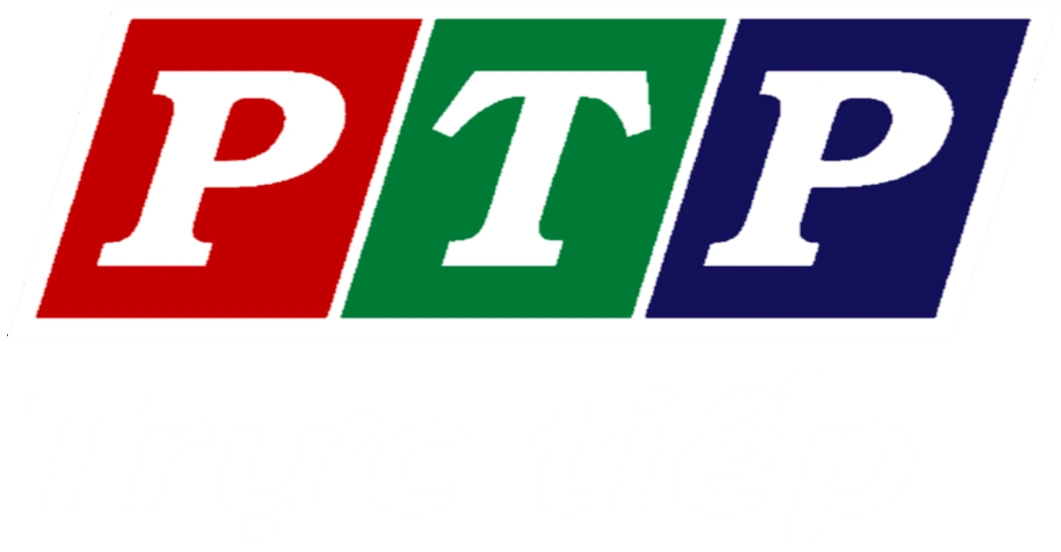






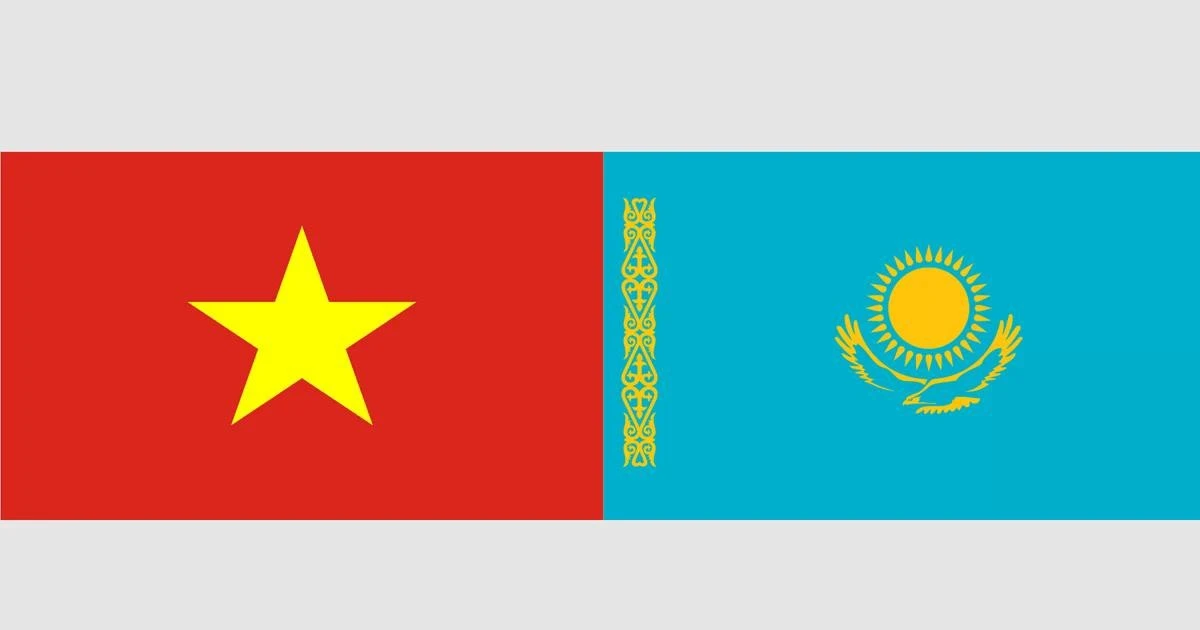


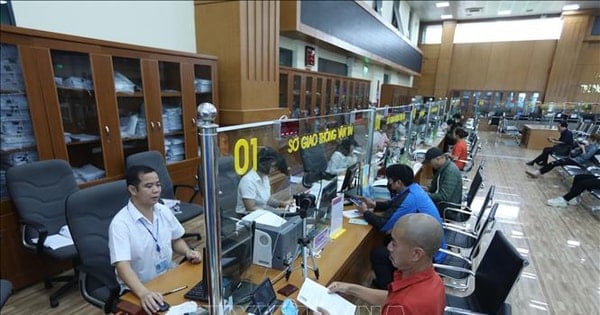
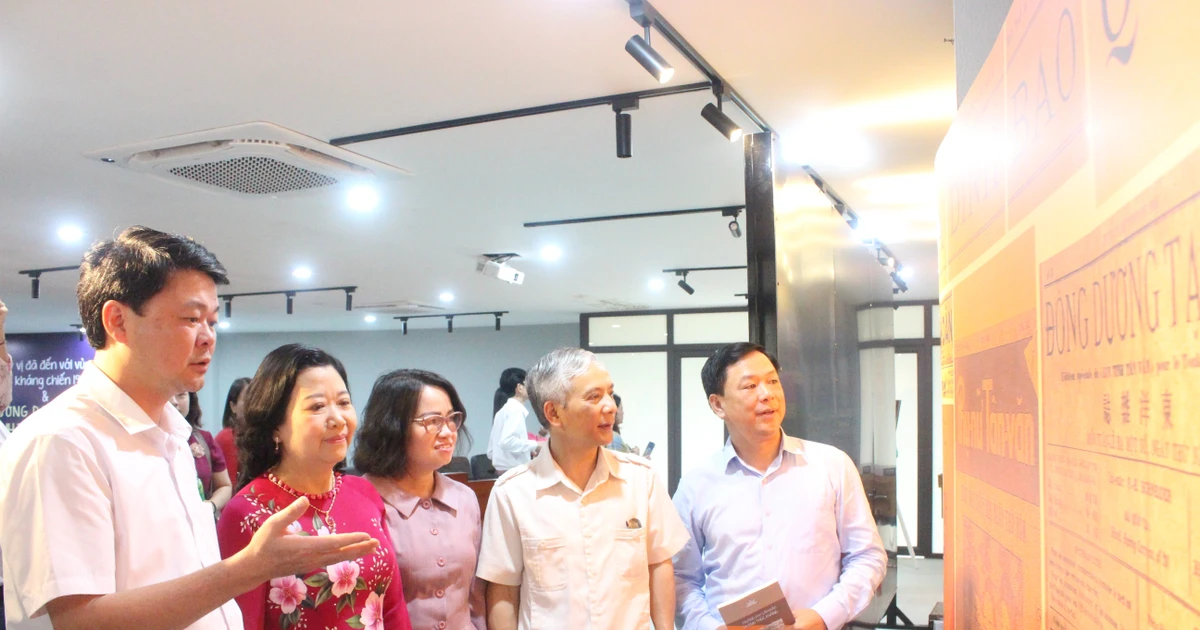







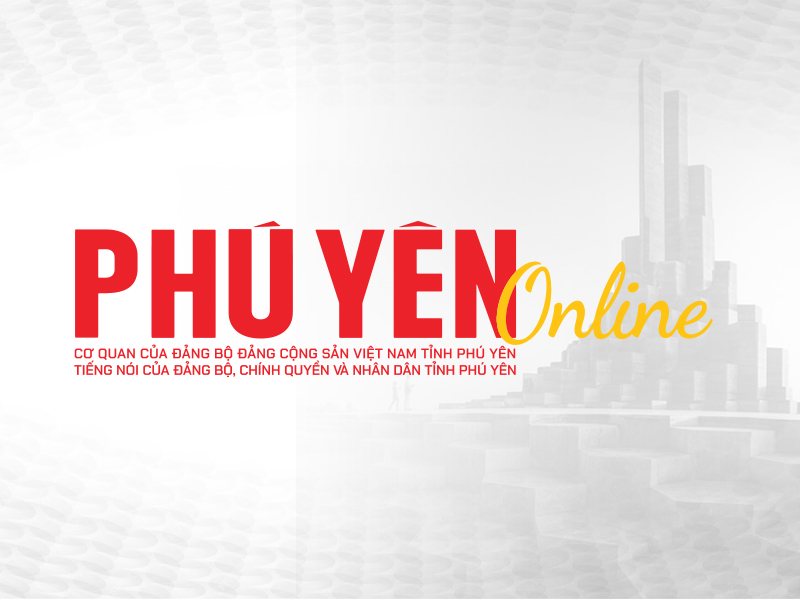


![[Photo] Thousands of Buddhists wait to worship Buddha's relics in Binh Chanh district](https://vstatic.vietnam.vn/vietnam/resource/IMAGE/2025/5/3/e25a3fc76a6b41a5ac5ddb93627f4a7a)

































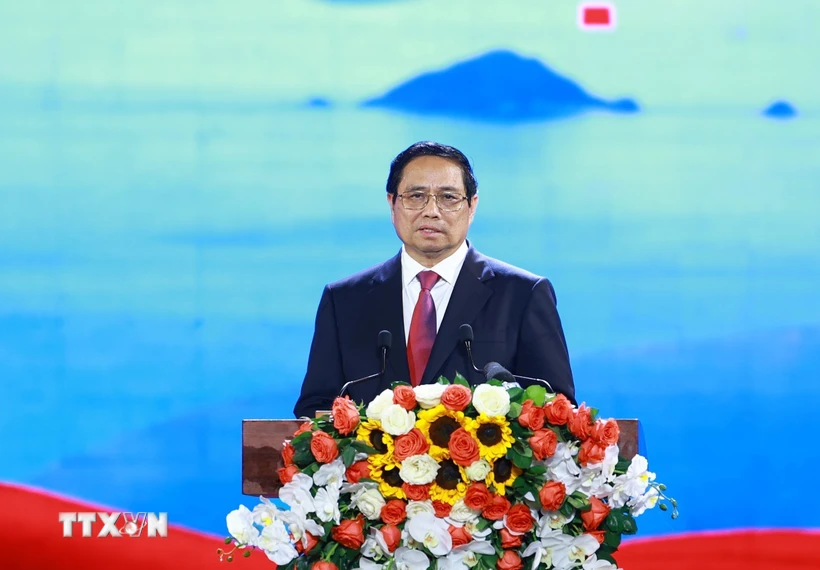



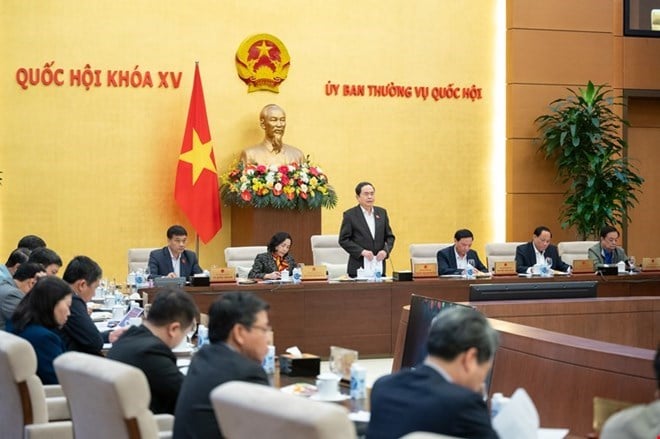
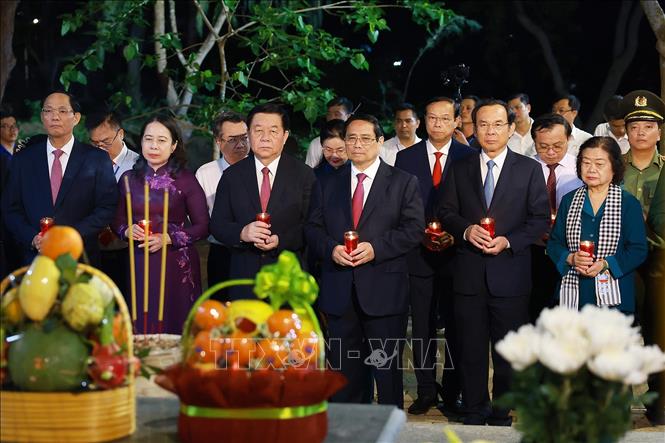






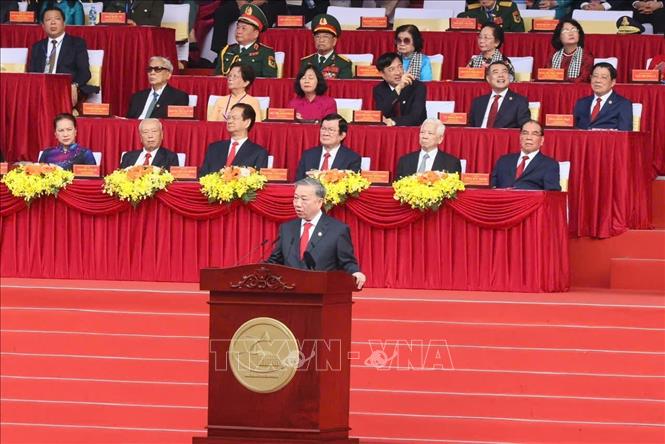








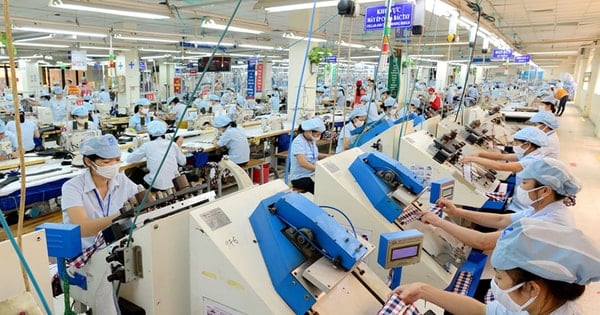








Comment (0)